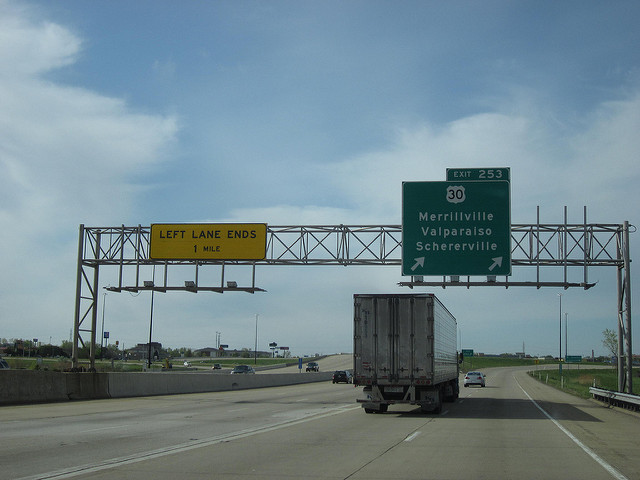
Lots of unanswered questions out there.
President-elect Donald Trump (whose cameo in “The Little Rascals” movie I just stumbled upon) has got a lot of irons in the fire right now, as any administration-in-transition does. On Monday, I took a look at a couple instances of negotiations he’s purportedly undertaken to keep American manufacturing jobs in America.
Today, the internet is talking a little bit about his infrastructure plan.
As you will recall, Trump’s proposal for a big infrastructure spending plan is “yuge” – about $1 trillion over a decade. He and his advisers rolled out a plan before Election Day that wouldn’t raise any taxes to pay for it.
Here’s how the Washington Post describes it:
(It) would give private investors an 82 percent tax credit to pump money into projects, credits that theoretically would reduce their need to profit from the investment. Trump said that his plan is a win-win for taxpayers because tax dollars lost by granting the credits would be recouped by taxing the wages of people put to work on the projects and from taxes paid by contractors hired to do the work.
The second part of the Trump plan involves repatriation, a much-talked about idea to lure home $2.5 trillion in cash stashed overseas by U.S. corporations. … Trump has proposed reducing the rate companies would pay to bring the money home from 35 to 10 percent. Those companies then could invest slightly more money in infrastructure projects, gain the 82 percent tax credit and effectively erase that 10 percent tax.
I bet you’re wondering: Will this work? Will all of that money saved on tax breaks go into projects, as intended? The Post asked that question too:
None of the longtime transportation analysts interviewed for this report shared Trump’s confidence that tax credits to private business would generate $1 trillion for infrastructure projects.
Suffice it to say there are a lot of questions out there about Trump's plan. Here’s one:
Wait I'm sorry, why isn't simply *borrowing the money* at historically low interest rates on the table here? https://t.co/Bf17BczRNf
— Lydia DePillis (@lydiadepillis) November 29, 2016
Others, like a pair of researchers at the Economic Policy Institute, are asking questions about the plan’s details. Would the proposed tax credits be allowed to go to already-existing public-private partnership projects? And what about the desperately needed projects private investors aren’t gonna be super excited to fund?
“Who decides which projects need to be built?” ask Josh Bivens and Hunter Blair. “How will the Trump administration provide needed infrastructure investments that are unlikely to be profitable for private providers (such as building lead-free water pipes in Flint, MI)?”
Those are good questions. But when you get down to it, this is all speculation until the president-elect becomes president in January and puts forth a plan during his first 100 days in office.
For what it’s worth: Congressional Democrats, meanwhile, are pushing their counterparts to up the funding for infrastructure that’s already on the books. That probably wouldn’t hurt. Even counting for President-elect Trump's big infrastructure plan, we’ve got do a heckuva lot of infrastructure repair by 2020.
